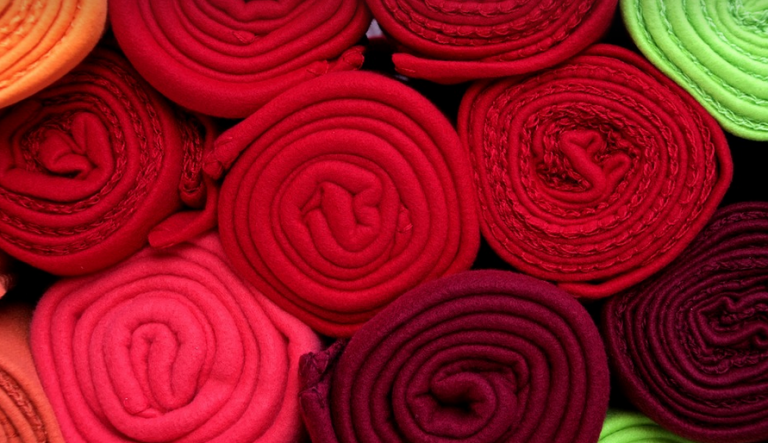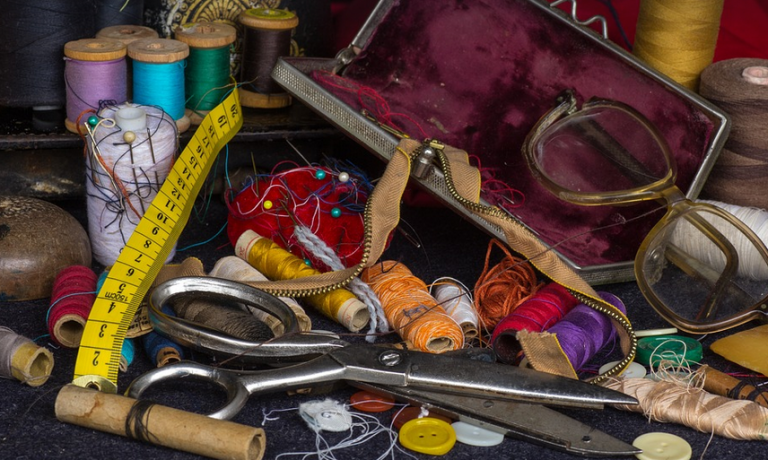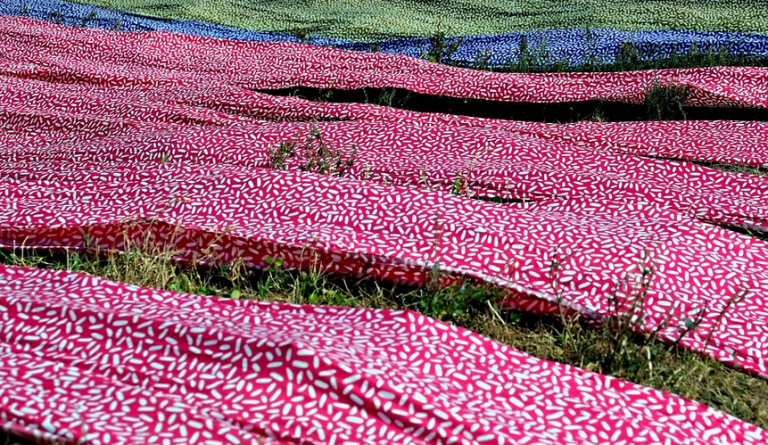
Understanding the Importance of Extra Padding
When you’re dealing with a walking boot, comfort is more than just a nice-to-have; it’s crucial for your recovery journey. A well-padded walking boot can make all the difference, transforming an already demanding recovery process into something more manageable and less painful.
Walking boots are designed to provide support and stability to your ankle while you heal. However, they often lack the extra padding needed to fully cushion sensitive areas like your Achilles tendon or calf muscles. This is where extra padding comes in; it can drastically enhance your experience, making even long days of walking less stressful.
The right amount of padding will significantly impact your comfort level and overall recovery progress. It helps reduce pressure on your tissues, preventing discomfort and stiffness. It also allows for better blood circulation, which is vital to promote healing and prevent complications like swelling.
To help you understand the importance of extra padding even better, let’s delve into some specific benefits:
Enhanced Comfort: When it comes to walking boots, no one wants to feel like they’re wearing a brick on their foot. Extra padding creates a cushioned experience, reducing pressure points and making it easier to walk for extended periods.
Reduced Discomfort: Extra padding effectively absorbs impact forces generated during the process of walking. This helps alleviate pain caused by rubbing or pressure from the boot’s material.
Improved Circulation: Proper circulation is key to wound healing and overall recovery. Extra padding can help create an environment where blood can flow freely, delivering the necessary nutrients and oxygen for faster tissue repair.
Minimized Swelling: Swelling is a common discomfort in walking boot recovery. Extra padding helps reduce the amount of pressure on tissues, which can naturally decrease swelling.
Where to Find Extra Padding
You can find various types of extra padding for walking boots, each with its own specific advantages:
Foam Inserts: These are typically lightweight and easy to slip into the boot. They offer a classic cushioned experience, providing ample comfort for long walks.
Gel Insoles: Gel insoles provide superior shock absorption and pressure relief. They’re great for those with higher sensitivity or experiencing chronic pain after wearing a walking boot for extended periods.
Memory Foam Insoles: These are known for conforming to the shape of your foot, ensuring customized comfort that matches your unique needs. This ensures personalized support and pressure relief.
Custom-Fit Inserts: For those who want a truly tailored experience, custom-fit inserts come in various sizes and thicknesses to meet individual preferences and foot shapes. You can find these online or visit a podiatrist for professional fitting and tailoring.
Choosing the Right Padding
The ideal extra padding for you depends on factors like your individual needs and pain level, walking experience, and financial considerations.
Here are some things to consider when choosing extra padding:
**1. Budget:** How much are you willing to spend on extra insulation? There’s a wide range of options from affordable foam inserts to premium custom-fit solutions.
**2. Activity Level:** If you plan on walking for long periods, consider more supportive and durable padding compared to those used for short walks around the house.
**3. Foot Shape and Pain Points: Think about your unique foot shape and the specific areas that need extra attention. Some people are prone to heel spurs or arch pain; these may require specialized insoles or inserts with support built-in.
**4. Personal Preference:** Don’t hesitate to experiment! If one type of padding doesn’t feel right, try another until you find the perfect match for your comfort level and recovery needs
Boosting Your Recovery Journey
Investing in extra padding isn’t just about feeling more comfortable; it can significantly support your overall recovery journey. Here are some further ways to make the most of your walking boot experience:
**1. Wear Proper Socks:** Opt for moisture-wicking, breathable socks that don’t bunch up or create pressure points in the boot.
**2. Break In Gradually: ** Don’t jump into long walks right away; ease yourself into it by starting with shorter intervals and gradually increasing your walking distance.
**3. Stay Active: ** Engage in exercises that support your ankle’s recovery, such as range-of-motion exercises, light stretching, or even swimming. This helps maintain muscle strength and flexibility while allowing for better healing.
**4. Consult a Healthcare Professional:** Don’t hesitate to seek advice from a doctor or podiatrist about appropriate padding solutions. They can offer personalized recommendations based on your specific situation.
Extra padding, combined with these strategies, can make a world of difference in your recovery journey. Remember: comfort and proper support are crucial for achieving optimal healing. With the right approach, you’ll be back to enjoying walks and everything life throws your way – with confidence!



